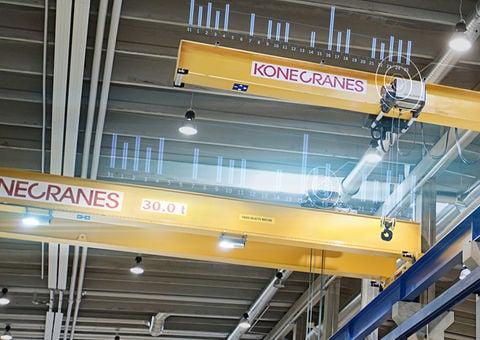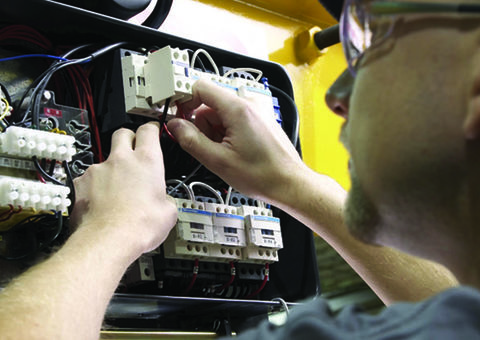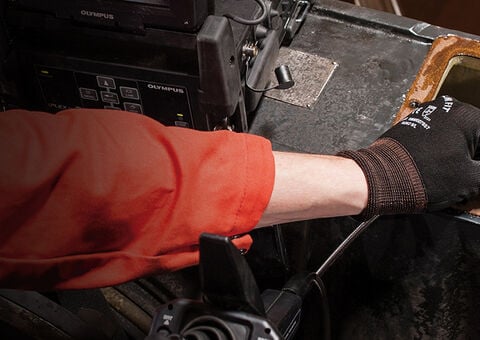Compliance inspections
Regularly scheduled crane inspections can save companies great expense by verifying compliance with local regulations and highlighting safety and production issues.
We offer many types of inspections that are designed to satisfy your local regulatory requirements. And in countries where there are no statutory requirements for compliance inspections or when you need an inspection to simply determine the condition of your equipment, we offer various inspections based on the manufacturer’s recommendations and our industry experience and expertise.
In South Africa we offer a Frequent Compliance Inspection (Regular Examination), Periodic Compliance Inspection, Initial Inspection and Load Test to fulfill the requirements of the Occupational Health and Safety Act 85 of 1993.
For countries where crane certification is required, we provide an inspection report that fulfills local statutory requirements. If you have a Konecranes service program you have access to our customer portal yourKONECRANES.com where you can view and download inspection documents at any time.
Types of inspections offered by Konecranes
Initial Inspection
Inspects equipment for deficiencies and deviations from manufacturer recommendations and applicable standards that may cause a risk to the safe use of your equipment. Typically required before a new crane is taken into use, or if a crane is taken into use after being out of operation for a long period of time, moved to another location or if there has been a major modification in crane structure or components.
Periodic inspection
Inspects equipment for deficiencies and deviations from manufacturer recommendations and applicable standards that may cause a risk to the safe use of your equipment. Typically an annual inspection.
Frequent inspection
Inspects the safety-critical components of equipment between periodic inspections and planned maintenance visits.
Major inspection
Inspects equipment for deficiencies and deviations from manufacturer recommendations and applicable standards that may cause a risk to the safe use of your equipment. Typically carried out after the first 10 years of service.
Electrical inspection
Visual inspection as well as operational and functional tests of the electrical components of the equipment.
Mechanical inspection
Visual inspection as well as operational and functional tests of the mechanical components of the equipment.
DWP calculation
An estimate of the accumulated duty of a crane and assessment of its remaining life.
Load testing
Verifies that equipment is capable of lifting and moving the rated load through all designed motions. This load test has also been designed to meet the Occupational Health and Safety Act 85 of 1993 clause 18 (5) (a) requirements for load testing and it should be performed together with Periodic Compliance Inspection in minimum every 12 months.
Slings and Accessories Inspection
Inspects non-maintainable load lifting attachments and accessories that are attached to the crane hook during operation. The inspection identifies deficiencies and deviations from local statutory safety and health regulations and is performed by trained and qualified service personnel. The inspection service utilizes radio frequency identification (RFID) tags to record load lifting attachment inspection data and a smartphone app to help quickly and reliably identify attachments.




